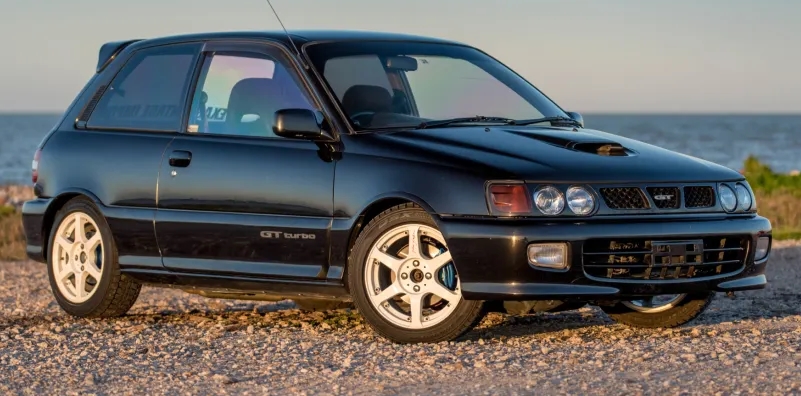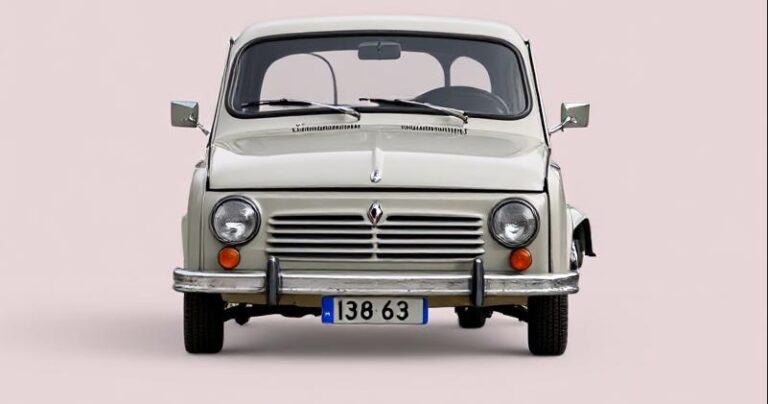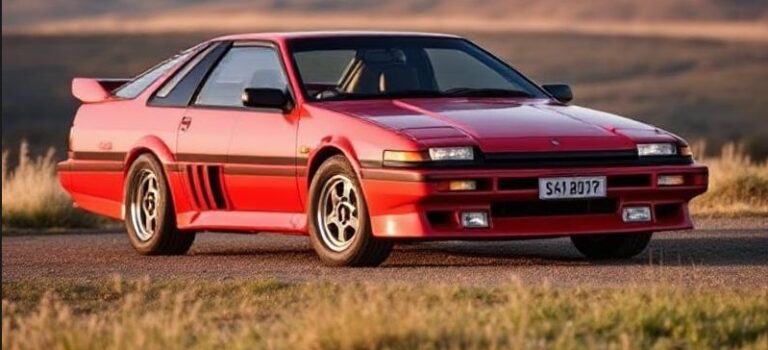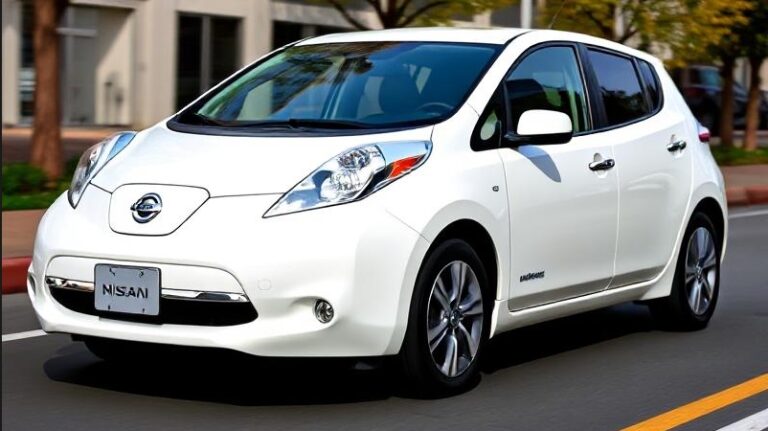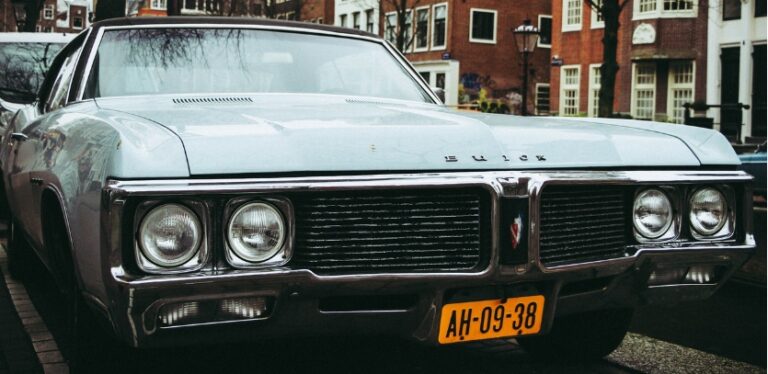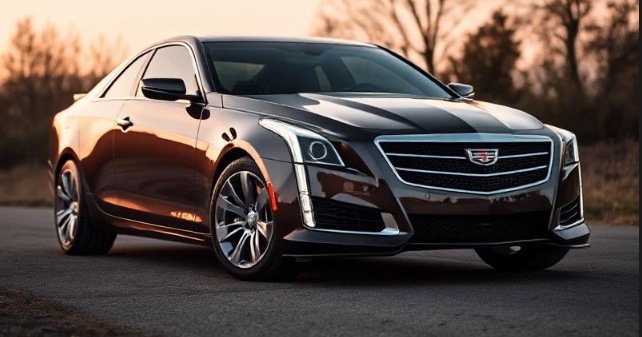The Little Car That Could: A Journey Through the Evolution of the Toyota Starlet
The Toyota Starlet. For many, the name evokes images of reliable, no-nonsense compact cars, often seen zipping through city streets or serving as dependable first vehicles. But beneath its unassuming exterior lies a rich history, a testament to Toyota’s ability to adapt and refine a winning formula across generations. From its humble beginnings as a budget-friendly hatchback to its more sophisticated later iterations, the Starlet carved out a significant niche in the automotive landscape, evolving from a basic transport appliance into a surprisingly engaging and desirable small car. This article will delve into the fascinating evolution of the Toyota Starlet, charting its journey through the years, exploring its diverse models, and highlighting the trim levels that defined each era.
The Dawn of Economy: The First Generation (P10/P20) – 1973-1978
The story of the Starlet begins in April 1973, with the introduction of the Toyota Publica Starlet. It was essentially a more stylish and refined version of the existing Toyota Publica, designed to compete in the burgeoning segment of small, affordable cars. The first generation was characterized by its compact dimensions, simple design, and focus on fuel efficiency.
Models: The initial offering was primarily a two-door and later a four-door sedan. However, the most iconic body style of this generation was the two-door hatchback, which embodied the spirit of the early small car revolution.
Trim Levels: While specific trim level names might have varied slightly by region, the focus was on offering a practical and economical package. Key variations included:
Standard: The most basic version, emphasizing affordability and functionality.
Deluxe: Offering a slightly more comfortable interior with improved upholstery and perhaps some minor exterior embellishments.
High-Roof/Van: A more utilitarian variant designed for commercial use or those prioritizing maximum interior space.
Under the hood, the first-generation Starlet was powered by small capacity engines, typically a 1.0-liter (KP30) or a 1.2-liter (KP40) four-cylinder engine. These engines were not about performance but about delivering exceptional fuel economy, a crucial selling point in the oil-crisis era of the 1970s. The car’s lightweight construction further contributed to its economical nature. The P10 chassis was for the sedan and the P20 for the more popular hatchback.
.

.
Refinement and Growth: The Second Generation (P30/P40/P50/P60/P70) – 1978-1984
The second generation, introduced in 1978, saw the Starlet shed its “Publica” moniker and stand as its own distinct model. This generation marked a significant step forward in design and engineering, becoming more sophisticated and appealing. The P30 series represented the initial release.
Models: The familiar two-door and four-door hatchbacks continued to be the primary body styles. A three-door hatchback was also introduced, offering a more practical compromise between the two-door and four-door.
Trim Levels: Toyota began to diversify its offerings with more distinct trim levels:
Standard/Base: Still the entry-level, emphasizing cost-effectiveness.
DX (De Luxe): An upgrade from the Standard, adding more creature comforts and better interior finishes.
GL (Grand Luxe): Positioned as a more premium option, featuring improved seating, additional instrumentation, and potentially power steering in some markets.
S/SR: These sportier variants, particularly the SR, offered more powerful engines and performance-oriented styling cues, hinting at the Starlet’s future sporting aspirations.
Engine options grew, with 1.0-liter and 1.2-liter engines still prevalent, but a more potent 1.3-liter engine (4K-U) became a popular choice, offering a noticeable boost in performance. Toyota also introduced a 1.2-liter diesel engine in some markets, further catering to the demand for economical transportation. The P40, P50, P60, and P70 designations refer to various iterations and minor updates within this second generation.
The Era of Front-Wheel Drive and Performance: The Third Generation (P70/P80) – 1984-1989
The year 1984 marked a pivotal moment in the Starlet’s history with the introduction of the third generation. This was a complete redesign, embracing front-wheel drive (FWD), a move that significantly improved interior space and handling characteristics. This generation is arguably where the Starlet truly came into its own as a competent and engaging small car.
Models: The three-door and five-door hatchbacks became the dominant body styles. The angular, modern design of this generation was a departure from its predecessors.
Trim Levels: Toyota refined its trim structure, offering a wider range of options to suit different buyer needs:
Standard/Base: The no-frills option for ultimate affordability.
DX (De Luxe): A step up in comfort and features.
GL (Grand Luxe): Offering a more refined interior and enhanced convenience features.
Si (Sport Injection): This became a highly sought-after trim. It featured a more powerful 1.3-liter engine with electronic fuel injection, sportier suspension tuning, distinctive decals, and often alloy wheels. The Si was a clear indication of Toyota’s intention to inject some excitement into the Starlet.
Xi: Similar to the Si in its sporty aspirations but often with slightly different engine configurations or equipment packages.
Engine options for this generation included 1.0-liter and 1.3-liter petrol engines. The 1.3-liter in particular, especially the fuel-injected variants in the Si and Xi trims, offered a lively performance that belied the car’s size. This generation also saw the introduction of a 1.5-liter diesel engine. Transmission options were typically a four-speed manual, a five-speed manual, and a three-speed automatic.
The Pinnacle of Hot Hatches: The Fourth Generation (P80/P90) – 1989-1999
The fourth generation, which debuted in 1989, truly cemented the Starlet’s reputation, especially in its performance-oriented variants. This generation continued with FWD and refined the formula, offering a blend of practicality, efficiency, and surprising agility. The P80 represented the initial phase, with the P90 seeing a facelift and further refinements.
Models: The three-door and five-door hatchbacks remained the core offerings. The design was sleeker and more aerodynamic than its predecessor.
Trim Levels: This is where the Starlet truly shone for enthusiasts with the introduction of the legendary Glanza models.
Standard/Base: Still available for buyers prioritizing pure economy.
XL: A well-equipped mid-range trim.
XLi: An upgrade from the XL, often with minor styling enhancements and better interior trim.
Si: Continuing the sporty theme, the Si offered a good balance of performance and comfort.
Glanza V: This was the undisputed king of the fourth-generation Starlet. Powered by the potent 1.3-liter 4E-FTE turbocharged engine, it delivered exhilarating performance with around 130 horsepower. The Glanza V featured a range of performance upgrades, including sports suspension, larger brakes, limited-slip differential (LSD) in some versions, aggressive body kits, and distinctive interior touches. It quickly became a cult classic and a popular choice for tuning.
Glanza S: A less powerful but still sporty variant of the Glanza, often featuring a naturally aspirated 1.3-liter engine.
Refinement in the P90: The P90 iteration, introduced around 1996, brought a facelift with updated styling, improved safety features, and a continuation of the popular trim levels, including the Glanza V, which remained a performance benchmark.
Engine options in the fourth generation were diverse, including 1.0-liter, 1.3-liter (naturally aspirated and turbocharged), and 1.5-liter petrol engines. Diesel engines were also available in some markets. The 4E-FTE engine in the Glanza V was a masterpiece of small engine engineering, offering a fantastic power-to-weight ratio. Toyota also offered various transmissions, including five-speed manuals and four-speed automatics.
The Unexpected Farewell: The Fifth Generation (P90) – 1996-1999 (Limited Release)
Interestingly, the fifth generation, also designated P90, was a significant evolution of the fourth generation, particularly in terms of styling and interior refinement. However, its production run was relatively short and it was not offered globally in the same way its predecessors were. The most significant change was a complete redesign of the exterior and interior, giving it a more rounded and modern appearance.
Models: Primarily three-door and five-door hatchbacks.
Trim Levels: While specific names might have varied, the focus was on offering more sophisticated options:
Base: Still catering to the budget-conscious.
Starlet Soleil: A more upmarket variant with enhanced interior features and exterior styling.
Starlet Glanza V (Continued): The performance icon continued, albeit with updated styling and refinements. The 4E-FTE turbo engine remained the heart of this potent small car.
The fifth generation offered a range of refined petrol engines, including 1.3-liter variants. The Glanza V, with its turbocharged prowess, continued to be the performance flagship.
The Discontinuation and Legacy
Despite its success and loyal following, the Toyota Starlet was eventually discontinued in 1999. In many markets, its role was effectively absorbed by the Toyota Yaris (also known as the Toyota Vitz in Japan). The Yaris continued the tradition of producing affordable, reliable, and fuel-efficient small cars, but perhaps without the same raw, tuner-friendly performance that the latter-day Starlet Glanza models offered.
The evolution of the Toyota Starlet is a story of adaptation and refinement. It began as a simple, economical appliance and, through successive generations, evolved into a car that offered more style, comfort, technology, and, in its most celebrated forms, exhilarating performance. The Starlet proved that a small car could be more than just basic transportation; it could be fun, engaging, and a true testament to Toyota’s engineering prowess. Today, the Starlet, particularly the P80 and P90 Glanza V, remains a highly sought-after modern classic, cherished by enthusiasts for its nimble handling, potent turbocharged engine, and remarkable tunability – a lasting legacy for this little car that most certainly could.
